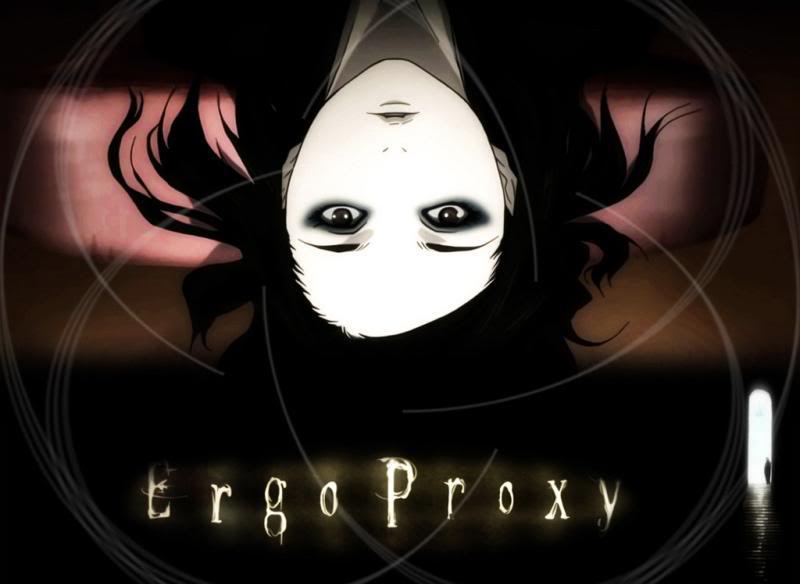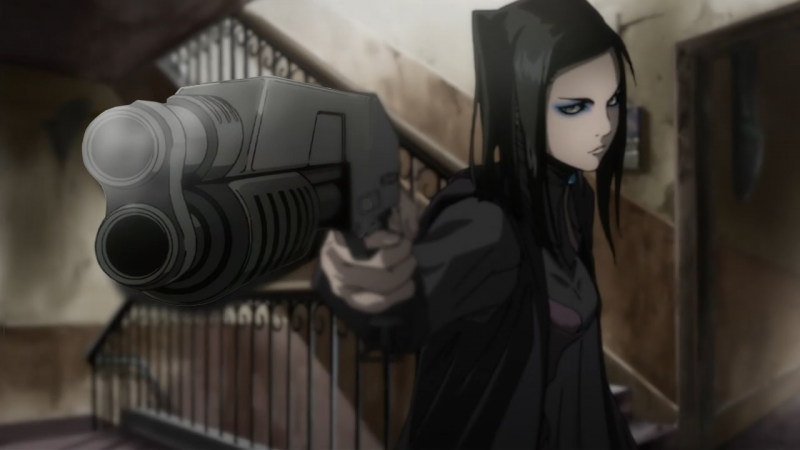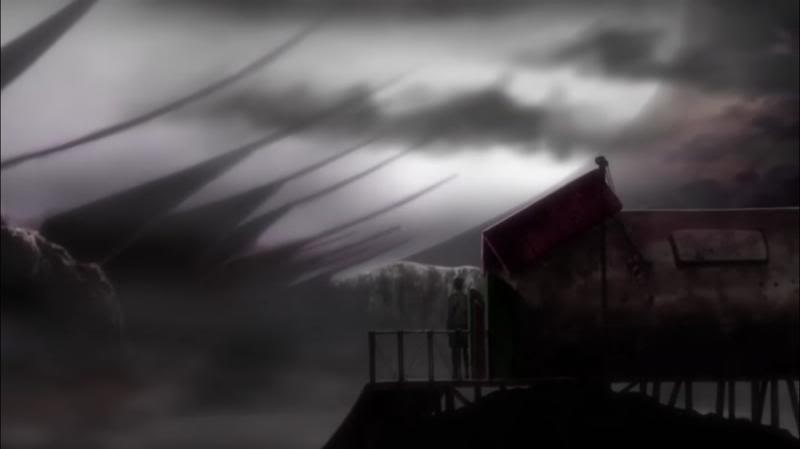b
Ergo Proxy

I’ve just started re-watching the sci-fi anime show Ergo Proxy, and again I’m struck by its visual splendor. Ergo Proxy is a deeply philosophical, beautifully animated dystopian cyberpunk series which deals with the existence of humans and AutoReivs (androids) in the domed city of Romdeau, built to protect its citizens after global ecological disaster thousands of years in the past. The main character is Re-l Mayer, an intelligence bureau agent who is assigned to investigate the “Cogito virus,” which causes infected AutoReivs to become self-aware. The “Proxies” are mysterious, godlike beings whose nature is enigmatic yet deeply human. Taking place both within the seemingly utopian, futuristic city and outside in the vast, dark expanses of the post-apocalyptic wasteland, the capacities and origin of the Proxies are slowly unraveled. In this gorgeous animation, cerebral engagement, existential musings, emotional intensity, and aesthetic rigor combine in a rare way to produce a dreamlike, vague, often abstruse, but ultimately compelling story.

